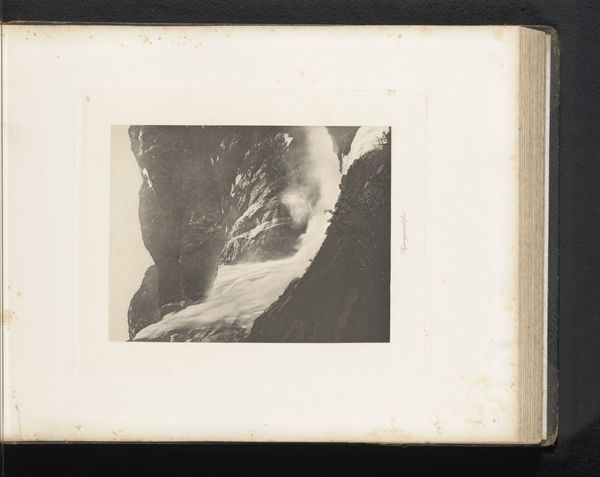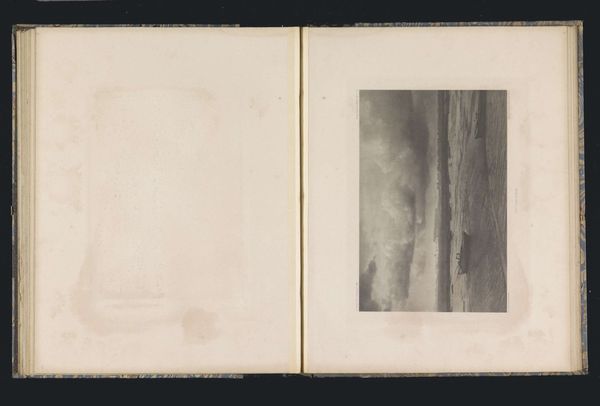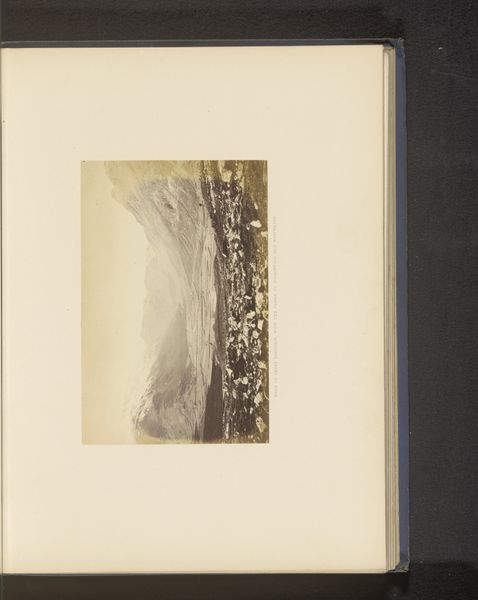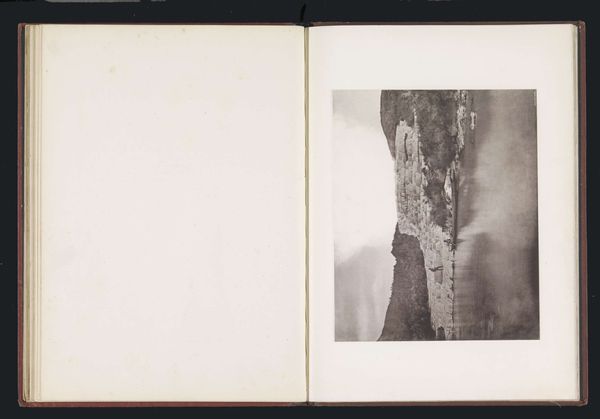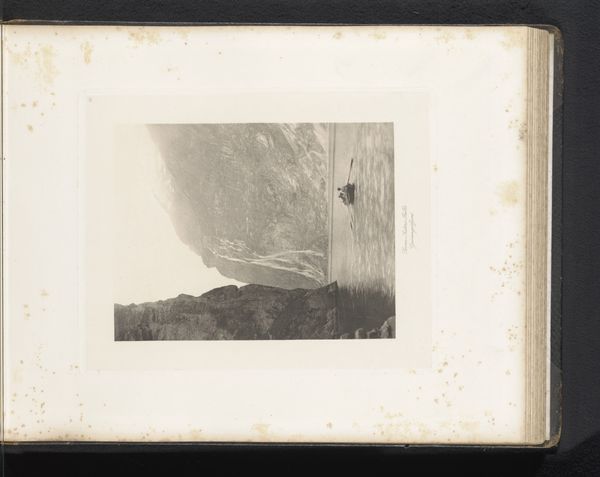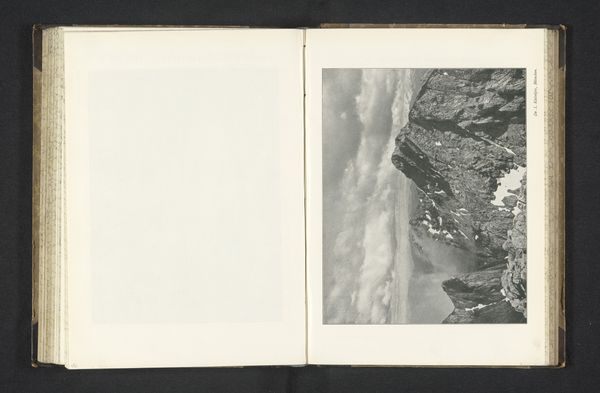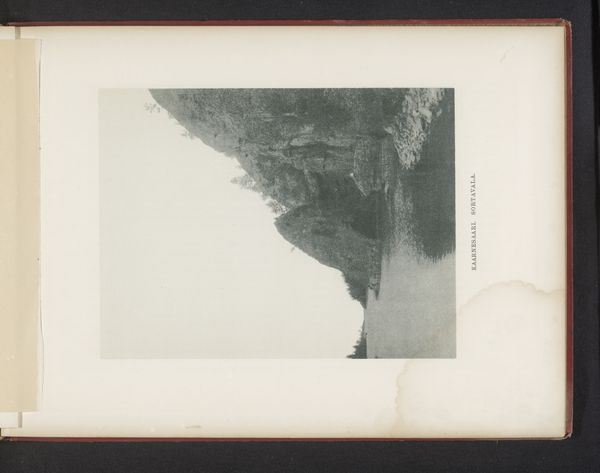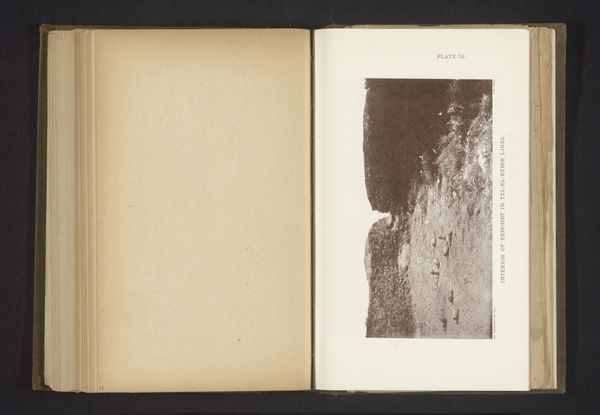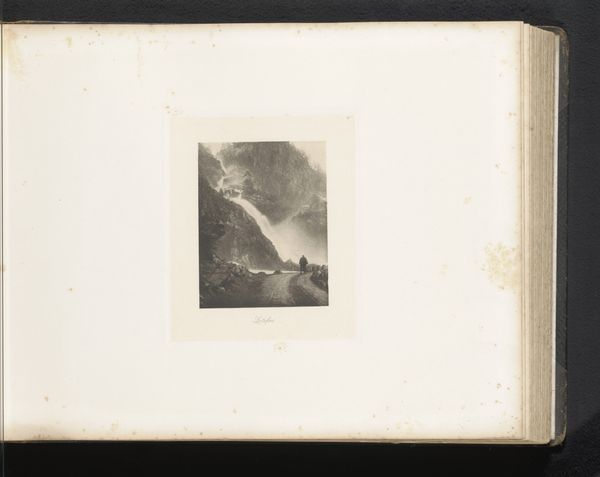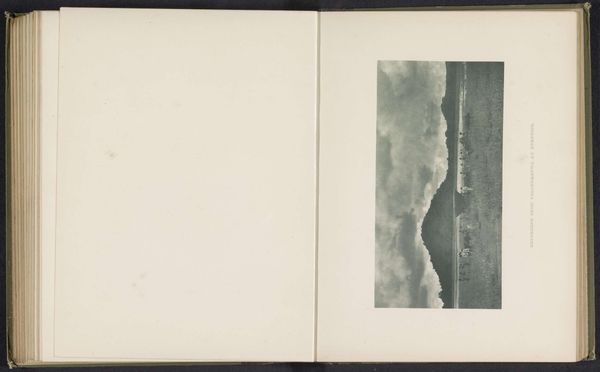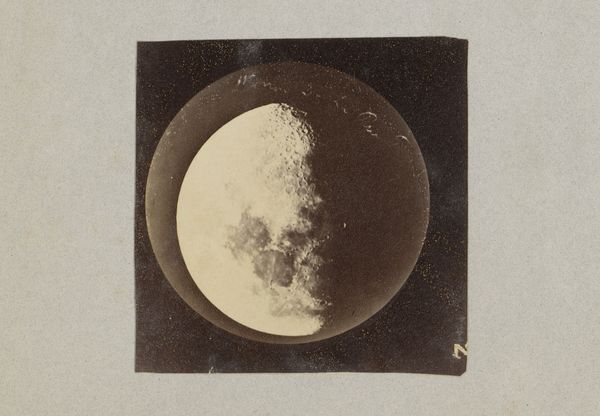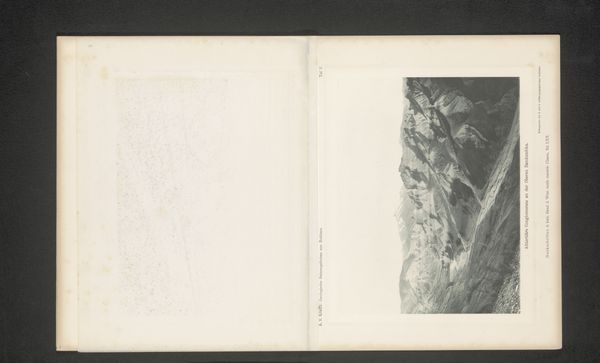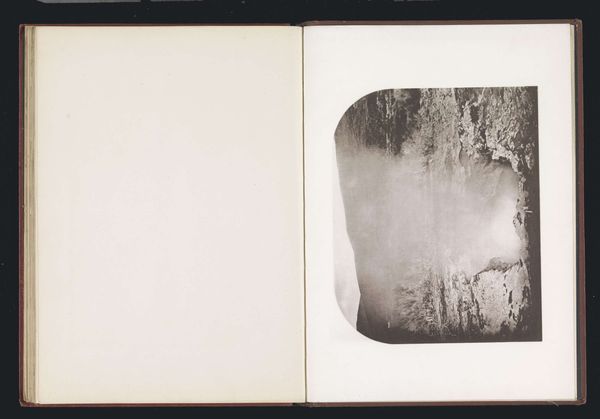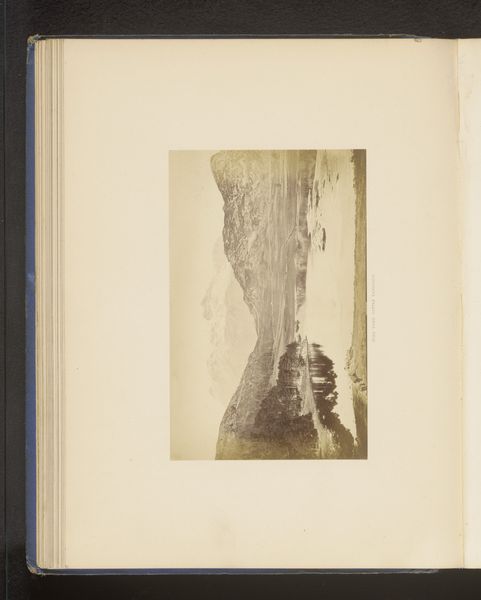
photography, gelatin-silver-print
#
pictorialism
#
landscape
#
photography
#
mountain
#
gelatin-silver-print
Dimensions: height 176 mm, width 127 mm
Copyright: Rijks Museum: Open Domain
Editor: Here we have J. Vallot’s "Gezicht op de Monte Rosa, gezien vanaf de Mont Blanc," made before 1894. It’s a gelatin silver print, and what strikes me most is how tactile it seems – the snow looks almost grainy. How does this material process inform your reading of the work? Curator: It's fascinating how Vallot employs the gelatin-silver process here. It was becoming widespread then, but the deliberate manipulation – that "grainy" feel you noticed – departs from purely representational goals. Think about the labor involved: mining silver, the chemical processes, the printing itself. He isn’t just capturing a vista, he’s actively constructing an *image* of the sublime. The hand of the artist is evident. Editor: So, the "hand of the artist" points to more than just skill. What statement does the "construction of an image" make within a culture revering natural landscapes? Curator: Exactly. Vallot isn’t just pointing his camera. Consider the rise of industrial capitalism concurrent with this era. Mountainscapes were being exploited for resources, becoming tourist destinations connected by newly built railways. Vallot’s manipulated image then becomes a critique, perhaps a romanticized yearning for a pre-industrial, “untouched” landscape. It also commodifies this very landscape, capturing it for bourgeois consumption as an artwork. Editor: That’s a really interesting point; the materials speak to a specific social and economic context that photography as a medium, at the time, was actively enmeshed within. Is this a recurring tension we see within landscape photography from this period? Curator: Definitely. Consider the ethical implications inherent in producing images of sites facing social, industrial, or ecological degradation. But that’s for another discussion. The focus is how Vallot consciously employs his materials and processes to negotiate and possibly challenge those themes. What are your thoughts now? Editor: Seeing the print in the context of labor and material conditions gives it a much more complex and interesting read. Thanks for sharing your perspective!
Comments
No comments
Be the first to comment and join the conversation on the ultimate creative platform.
